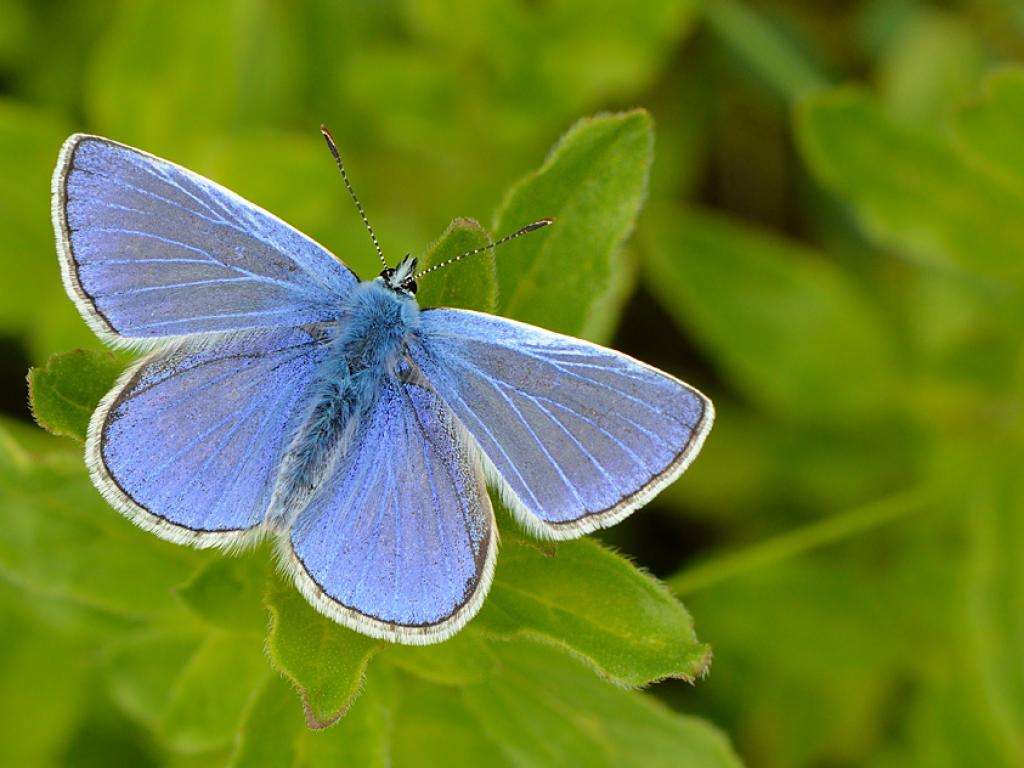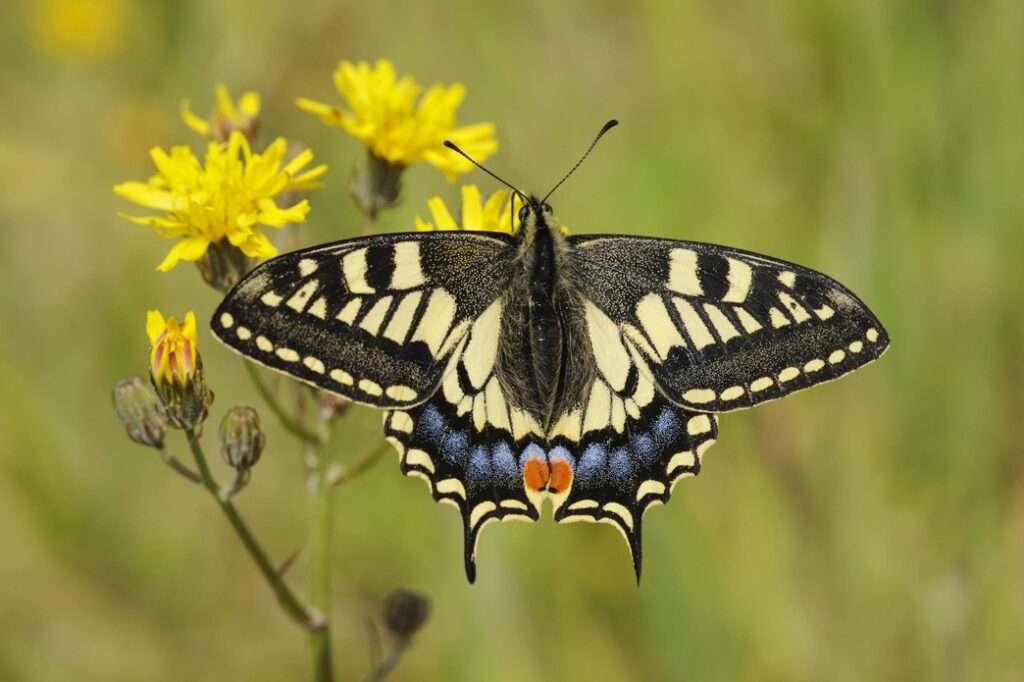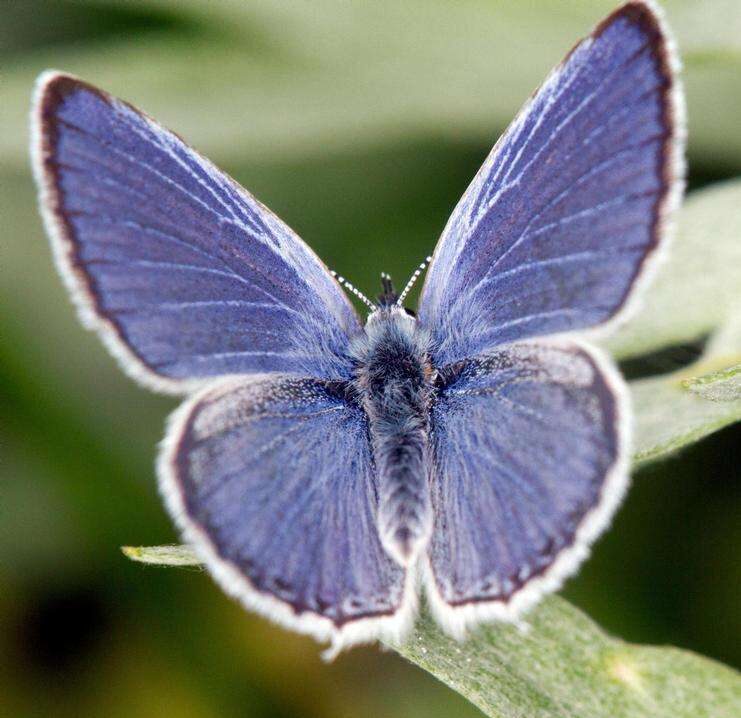
The common blue butterfly, also known as the European common blue (Polyommatus icarus), belongs to the Lycaenidae subfamily of butterflies. The Palearctic is home to the butterfly. Due to the hue of their wings, butterflies in the Polyommatinae family are collectively known as blues.
Amazing Facts
The species’ caterpillar feeds on the underside of young leaves while leaving the upper leaf’s entire epidermis unharmed, leaving distinctive, easily identifiable silvery blotches on the leaves.
According to a recent study, habitat degradation is primarily to blame for the estimated 96% decline in the common blue population.
Appearance
The dorsal side of the wings has a thin black border and is an iridescent lilac blue, vivid violet-blue, or almost hyacinth-blue color. The wings of females are dark or black-brown with a row of reddish yellow spots (marginal spots) running down the edges and typically some blue at the base. The amount of blue and brown varies greatly depending on the environment. Even though the female’s top wings, especially in Ireland and Scotland, may be mostly blue, they always have red dots. A row of red or orange spots can be seen on the margin of the hindwing and extending over the forewing in both sexes, though they are often fainter there in the males and occasionally completely absent. On the forewing and around a dozen black-centered white dots (ocelli) are present.

Diet
Adults sip nectar from blooms with flat heads. White clover, rest harrow, and bird’s foot trefoil are a few examples of the natural, legume plants that caterpillars eat.
Predators
Spiders, mostly insects like ants, and some wasps, are known predators.
Habitat
These butterflies can be found in warm and chilly, open or wooded spaces, with flowers or grass. It can be found in smaller quantities in woodland clearings, meadows, heathlands, sand dunes, along railroad embankments, and under cliffs, although it is primarily found on chalk or limestone grassland.
Table





